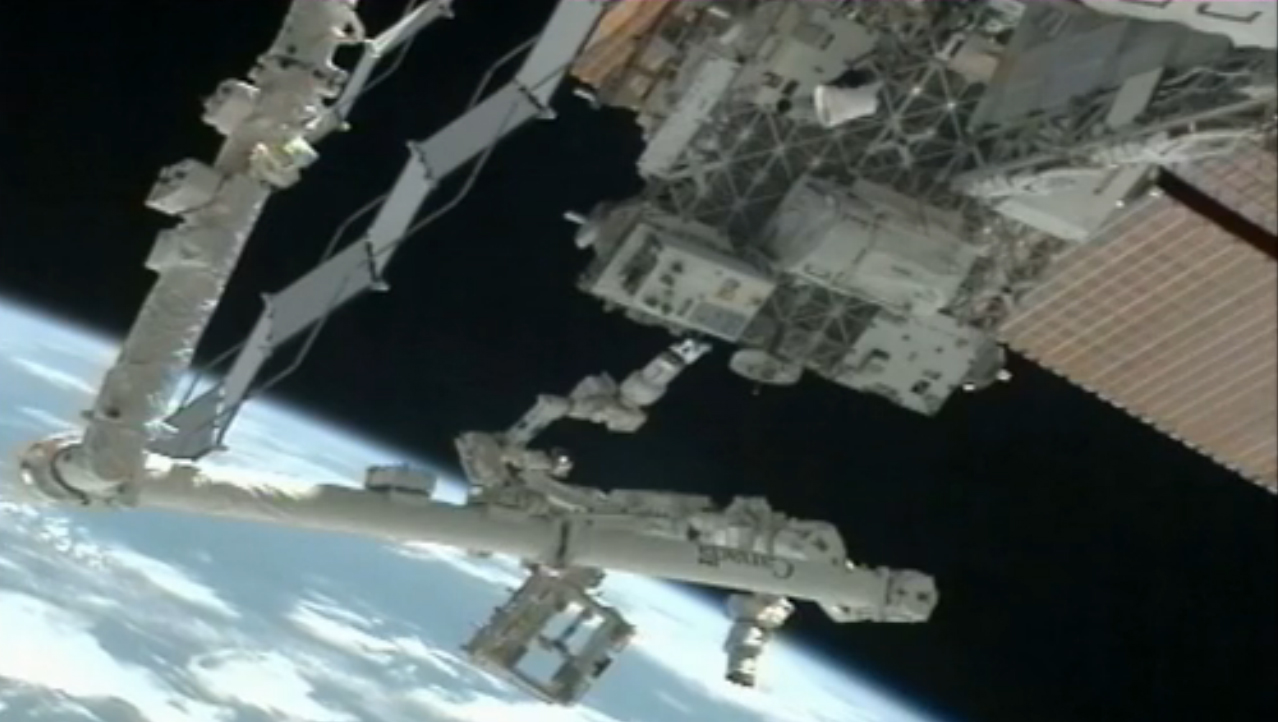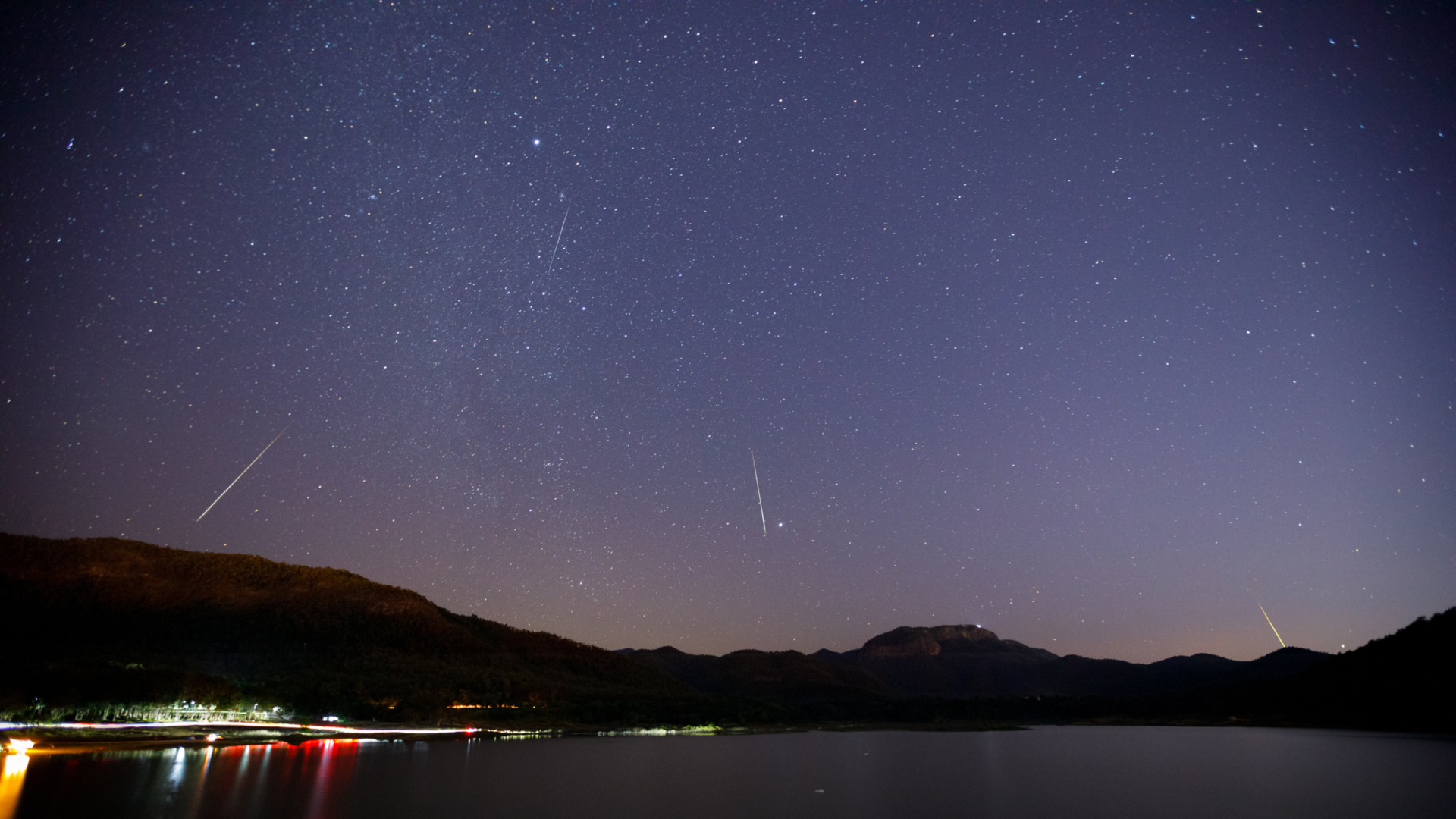Robotic Satellite-Refueling Test Resumes on Space Station

An International Space Station experiment testing the ability of robots to repair and refuel orbiting satellites has resumed, after being stalled for a week by a software glitch.
NASA's Robotic Refueling Mission (RRM) resumed operations Tuesday (Jan. 22) after engineers finished analyzing loads and software limits for the space station's Dextre robot, agency officials announced in a Tuesday mission update.
RRM calls for Dextre, which sits at the end of the orbiting lab's huge Canadarm2 robotic arm, to perform simulated refueling and repair tasks on a washing-machine-size platform affixed to the station's exterior. The latest round of RRM experiments started Jan. 14 and was expected to last about 10 days, but a software glitch halted activities after just a day.
The RRM module, which consists of activity boards and tools necessary to demonstrate on-orbit refueling, launched to the station in July 2011 aboard the space shuttle Atlantis, which was making the last flight in the shuttle program's 30-year history.
The experiment's goal is to demonstrate technology that could someday fix and refuel orbiting satellites robotically, thereby extending their lives and potentially saving satellite operators billions of dollars over the long haul. Such work can be challenging, since current satellites were generally not designed to be serviced.
The first RRM experiments began last year, when controllers on the ground used the two-armed Dextre to snip some wires with minimal clearance. The latest round of activities will be more complex and involved, as Dextre will snip more wires, unscrew caps and pump simulated fuel, NASA officials have said.
Follow SPACE.com senior writer Mike Wall on Twitter @michaeldwall or SPACE.com @Spacedotcom. We're also on Facebook and Google+.
Breaking space news, the latest updates on rocket launches, skywatching events and more!

Michael Wall is a Senior Space Writer with Space.com and joined the team in 2010. He primarily covers exoplanets, spaceflight and military space, but has been known to dabble in the space art beat. His book about the search for alien life, "Out There," was published on Nov. 13, 2018. Before becoming a science writer, Michael worked as a herpetologist and wildlife biologist. He has a Ph.D. in evolutionary biology from the University of Sydney, Australia, a bachelor's degree from the University of Arizona, and a graduate certificate in science writing from the University of California, Santa Cruz. To find out what his latest project is, you can follow Michael on Twitter.
